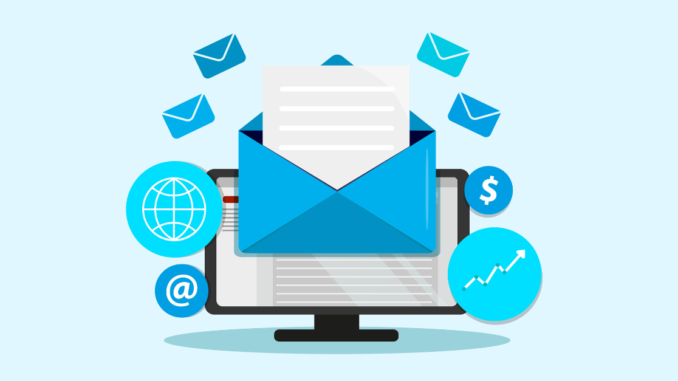
Inbound marketing works on the principle that some of your customers may wish to avoid being actively sold to. Instead, they want to do their own research and make an informed buying decision based on the information you and your competitors present. Therefore, the more comprehensive information a marketing organization can share with its prospective clients via its blog, downloadable assets like eBooks or whitepapers, online videos, podcasts, and social media activities, the better their chance of winning new customers.
This strategy, often referred to as content marketing or thought leadership marketing, is designed to deliver “oven-ready” prospects into your sales department or create opportunities for “self-service” customers via your eCommerce offering.
Inbound marketing makes a lot of sense in this information age, when every business is essentially a publisher. However, the sheer volume of content out there means that potential customers can quickly be overwhelmed, making it more challenging to make an informed decision.
Email marketing helps marketers calm the torrent of content created by inbound marketing by steering the conversation away from the “Wild West” of the web and into the calmer, more familiar environment of the email inbox.
How Email Marketing Can Fuel Every Stage of Your Inbound Marketing Funnel
Email marketing can be found at every stage of the inbound . The following strategy provides marketers with a simple starting point that can be rolled out and optimized accordingly.
Stage 1: Awareness
Akin to a fishing expedition, this is the point when you bait the water with your blog posts, social media activities, and various lead magnets (eBooks, whitepapers, videos, etc.) in the hope of acquiring a potential customer’s contact details.
After consuming the content, marketers need to make it as easy as possible for prospects to surrender their email addresses. This means presenting highly visible and compelling email subscription forms to anyone who consumes your content. A simple call to action promising more great content, perhaps offering a more detailed piece of thought leadership that expands on your initial, more easily consumed piece of content, acts as a great lure to net your subscribers.
Stage 2: Consideration
Once you’ve acquired a new subscriber, it’s time to start finessing them with additional content. This content has several purposes. Firstly, it helps you determine who is actively interested in a product or service you are offering and who is just window shopping. This is also the stage when you can segment your subscribers based on their specific interests and ability to buy. As subscribers pass through the consideration phase of your marketing funnel, marketing automation software can “” them based on their level of interest and individual attributes such as job title, employer, etc. High-scoring subscribers can then be presented with content that pushes them toward making that buying decision. Others can be placed in a holding pattern or removed from your funnel.
Stage 3: Convert
This is the point when marketers present their prospects with the opportunity to buy. It could be an email with a specific offer relating to a product or service which, by this point in the funnel, they know their subscriber is interested in. Or it could be an invitation to speak with a sales representative who can help the prospect with some of the more complicated aspects of completing a sale. It’s important to remember that inbound marketing won’t remove the need for sales professionals. It will, however, make their jobs easier by ensuring every lead they receive is red hot.
Increase Your ROI
Email marketing goes beyond the acquisition and conversion of prospects. Once a prospect becomes a client, they become an incredibly valuable asset. Just because you have acquired a customer doesn’t mean you should stop marketing to them. You just need to change the focus of your marketing.
Your marketing now needs to prioritize the importance of the relationship between you and your clients. That means no more fishing expeditions. Everything needs to be laser-focused and highly personalized.
Your clients want to know what additional services or products you can offer them. They want to avoid putting in the leg work to find a new supplier. And they won’t forgive you if you make them look elsewhere.
At this point, you can start looking at two additional stages in your sales funnel.
Stage 4: Loyalty
This is the most exciting phase of the marketing funnel. It’s the point when all the hard work and financial investments you’ve poured into your various marketing programs start delivering a return on investment.
It’s also a stage that represents a significant risk. If you fail to maintain that loyalty, you could hand over your hard-won clients to your competitors.
Stage 5: Advocacy
Word-of-mouth marketing remains the most powerful tool in the modern marketer’s arsenal. While people are far more likely to buy from someone they like and trust, they are much more likely to like and trust someone they identify with or aspire to be like. When your customers actively promote your business, you’ve won the biggest prize in marketing.
You just need to be ready to capture those referrals in your sales funnel and start the process again.
Start Today
Download our to map your own customer journey and begin leveling up your inbound marketing strategy. To learn more about how the marketing experts at emfluence can help you plan and execute a robust inbound marketing strategy with built-in email and marketing automation support, contact us today at .

Leave a Reply